How Much Is Tax For A Motorbike

A motorbike is a powerful, heavy vehicle. Therefore, there are laws about how much a rider can attach to a motorcycle and what materials they can use.
The majority of countries have rules about how much weight a rider can add to their bike. Some countries even have specific SUV-sized bikes!
The average weight of a bike in most countries is around 25–30 kg (60–70 lb). This means that the average rider must use caution when riding as the bike can be very heavy.
Many riders choose to get lighter bikes to become more flexible when riding.
How to pay your motorbike tax
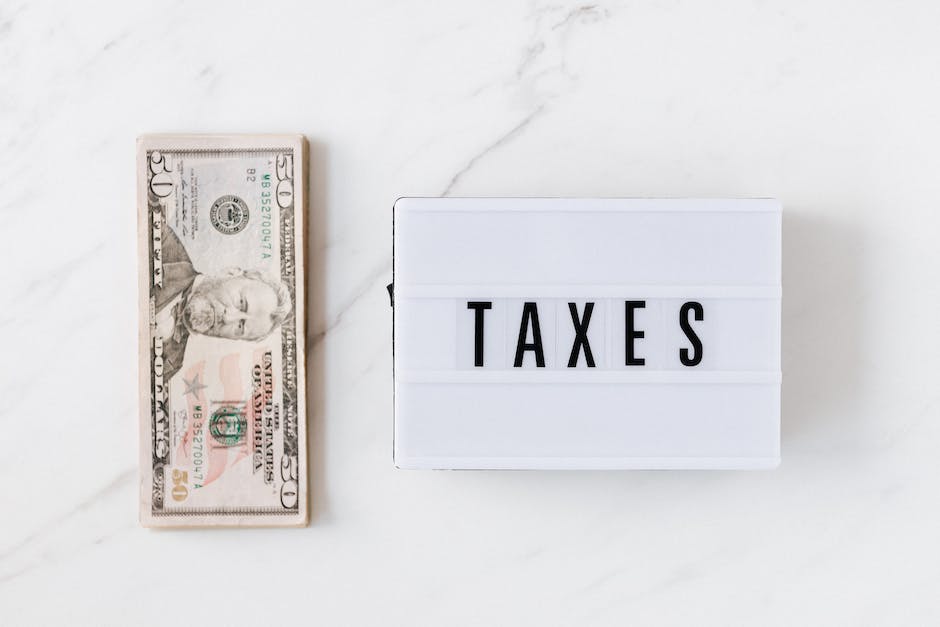
When your bike is ready for collection, you will need to pay your motorbike tax. This is a legal requirement that means you have met the requirements to ride a motorcycle in your jurisdiction.
You can do this at a local motorcycle licensing agency, or via the Department of Transport’s (DoT) online system. Either way, you will need to provide proof of ownership and that you are 18+ years old!
You will also need to bring a copy of your licence or insurance card to show the licensing authority. This can be done at the same time as paying the tax as an extra step!
Remember, if you are under 18 years old, you must have proof of parental consent before being allowed to buy or register a motorcycle in your state or country.
Handling the motorbike tax
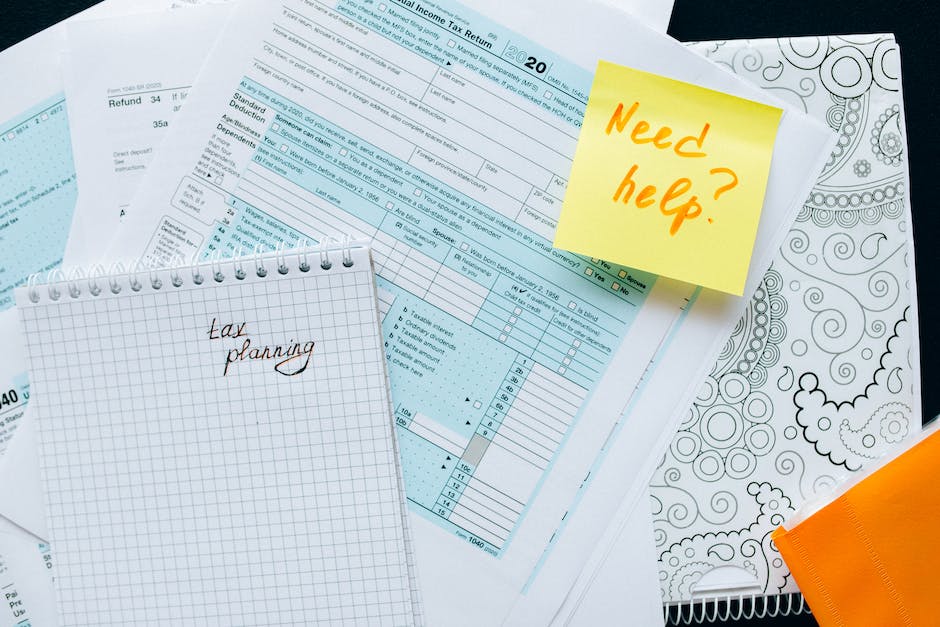
As with cars and motorcycles, there are different tax rates for riders. The higher the rate, the more expensive the bike. Most manufacturers offer a simplified tax rate of $20 per hour for riding lessons.
For Sunday rides, you can ride as much as you like – just state your time limit on what you do and how long you do it.
For more complicated rides such as Technicals or Raids, have your teacher explain the rules before you start playing around. Then you are both free to enjoy yourself!
The best way to get a good rating on your motorbike is to be patient and learn the basics first. Drills can be fun but make sure you are still able to ride in case of an emergency!
Do not be afraid to ask questions either.
What is the difference between a car and a motorcycle?
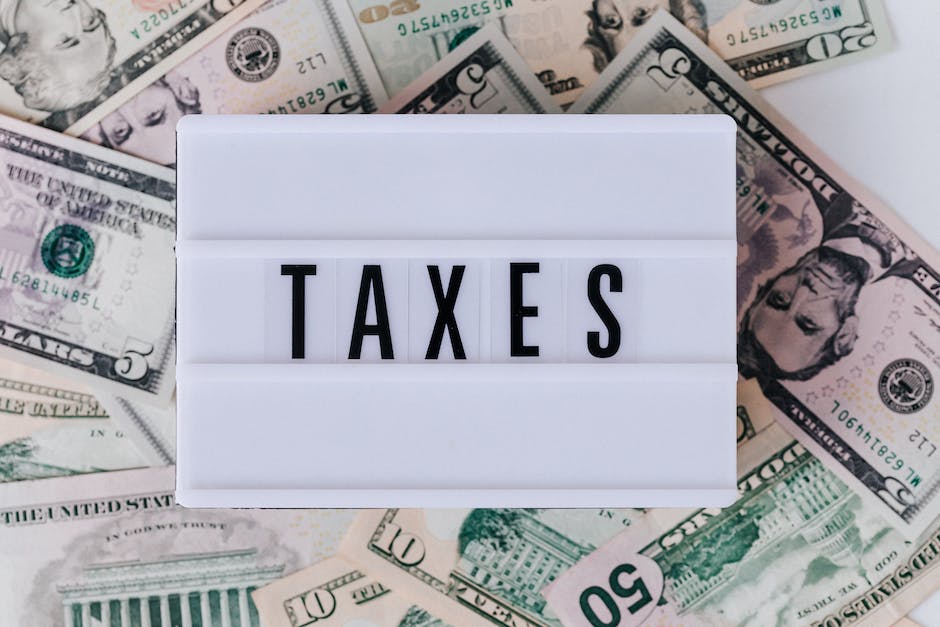
A car has a motor, but it does not go very fast. The average car can go up a short distance before having to start walking to wait for someone else to go faster.
The average motorcycle cannot go very fast, but they can travel at a steady pace. Some can even do some speed runs on their motorcycle, but not all!
The biggest difference between the two vehicles is that cars have seats and riders, while motorcycles do not. Most people ride with no worries about tax or insurance as there are no seats on the bike!
While both have benefits and costs, the best way to think about tax for riding a motorcycle is like insurance.
Where can I find the best deals on motorcycles?
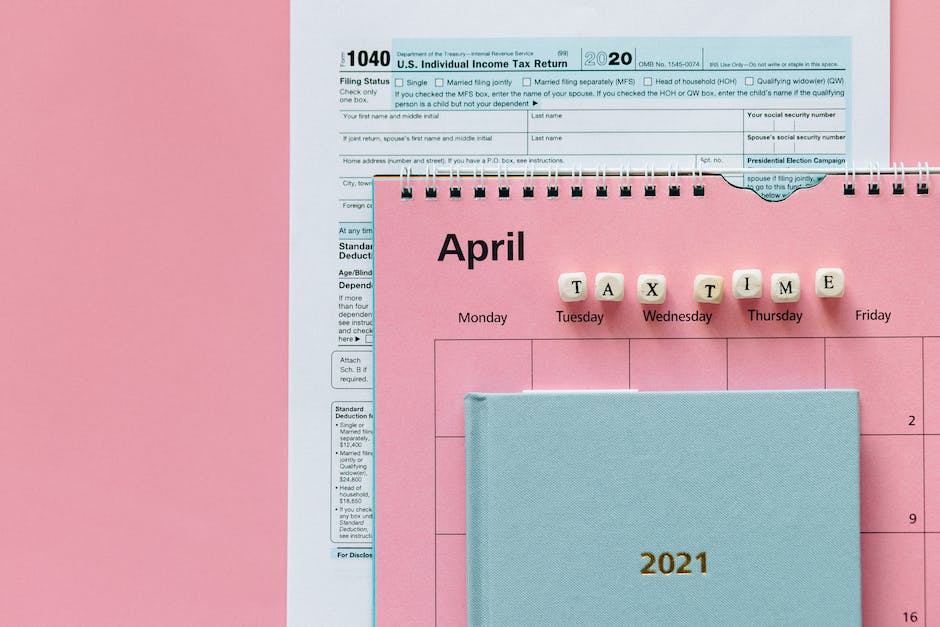
There are many websites and services that offer special deals on motorbikes. Most of them are free, but you must register with them.
Most of them offer you the bike set up as soon as possible, so that you can start riding immediately. Some even have a deadline to complete this set up process, so take advantage of it.
Once you do this, you will be able to find the right bike for you. You will then be able to test ride it and know that it works! Some companies even send you technical support while you are trying to set it up, making this process more reliable.
You may also want to look at models that are similar in size and weight, because some can be difficult to ride for people with physical disabilities.
What should I look for in a motorcycle?
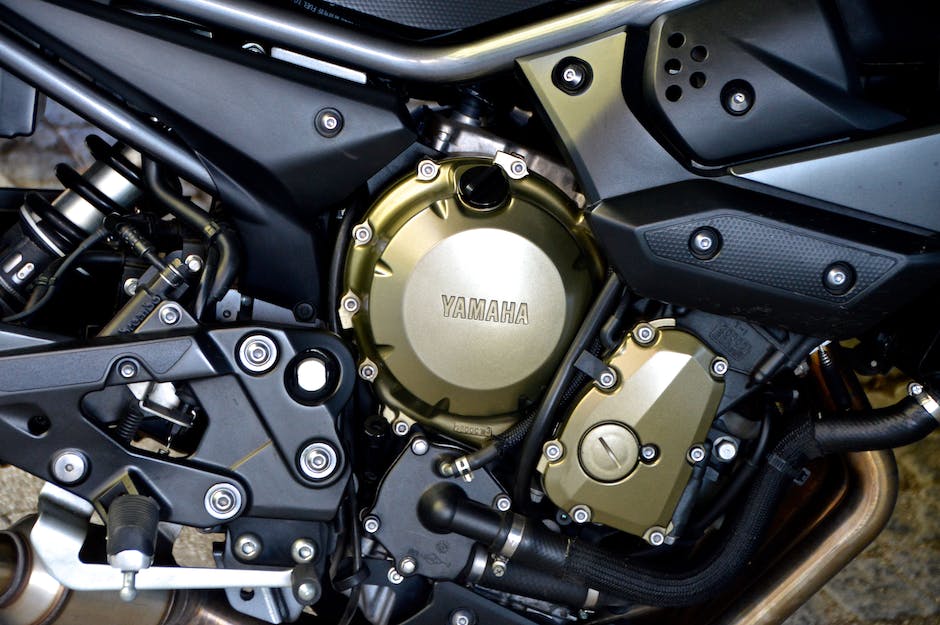
When you’re ready to ride, the first thing you’ll want to look for is a motorcycle. There are many styles and types of motorcycle, so you can start looking now!
Mostly, people find them by feel, not by looks. If you feel that it is a comfortable ride, it will be easy to take advantage of every opportunity to relax and enjoy your rides.
You might think that a big deal-breaker could be the size of the gas tank, but that isn’t the case for most riders. Some rider say that having a small tank makes it harder to focus on other things while riding, but I disagree.
With only one thing in mind when riding, there’s less need to worry about needing enough space for another thing or person. It is also said that having a large tank makes it easier to travel long distances without running out of fuel.
Does my license transfer to a motorcycle license?
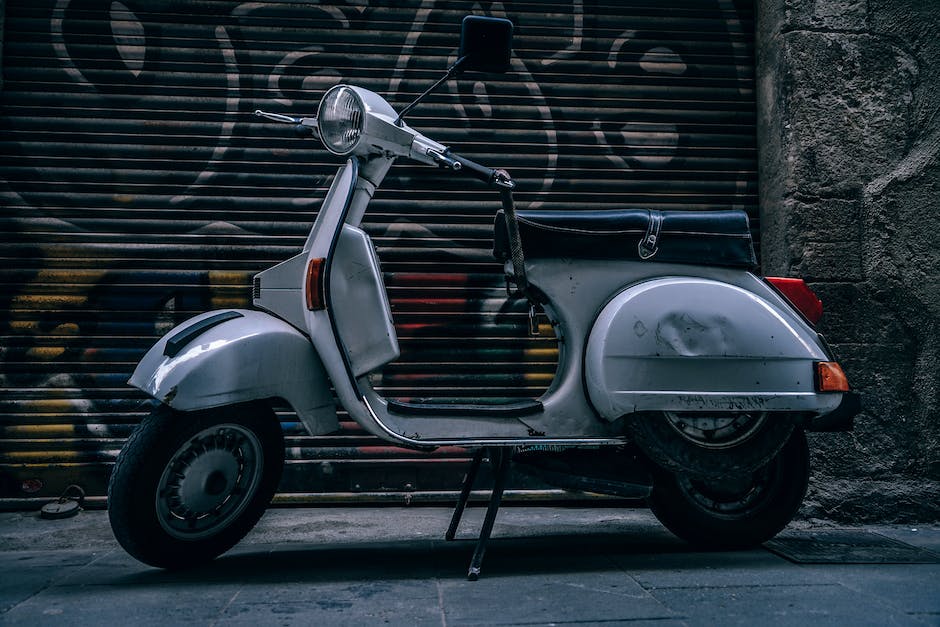
For most states, you need a motorcycle license for riding a motorbike. However, if you have a drivers license for any other type of motorbike, your drivers license can be transferred to the motorcycle license.
Mostly in Europe, riders take the same drivers as motorbike riders do. So, even though you need a driving license for driving a car or truck, you also need a motorcycle driver’s license!
The biggest difference between the two licenses is how far you can go and how fast you can go.
What are the different types of motorcycles?
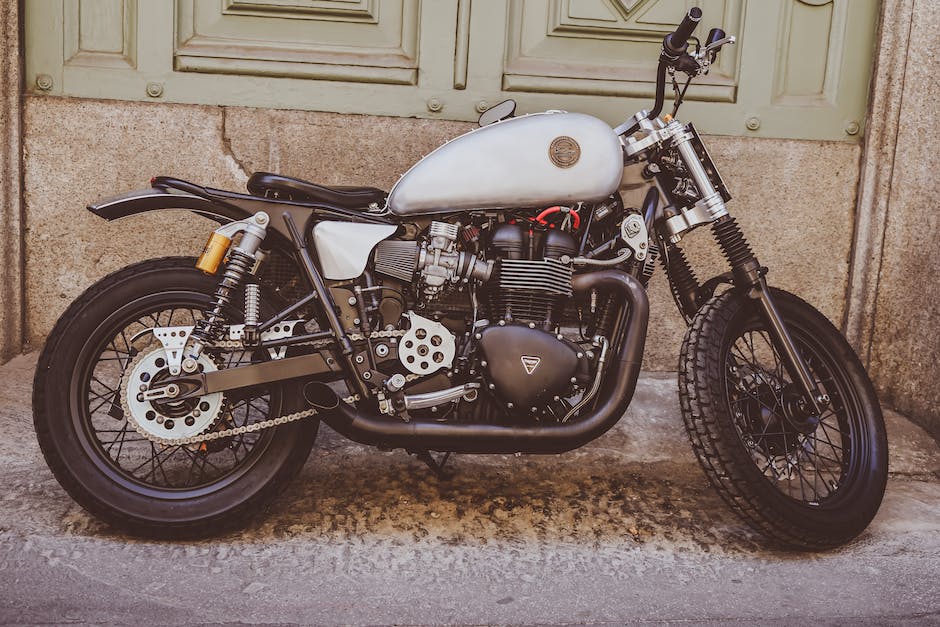
There are two main types of motorcycles: motorbikes and side-by-side bikes. Both have their own set of terms, features, and taxes and charges.
Motorbikes have a hub motor, which accelerates the chain-driven wheels. They can be single-, double-, or triple-leg Riders can pedal or walk!
Side-by-side bikes have two riders together but no pedals.
Should I get insurance for my motorcycle?
There’s no rule that says you must have insurance for your motorcycle. However, there are some considerations you should make when choosing an insurance policy for your bike.
To begin with, insurance is a must for any vehicle. If you don’t have insurance, the government will force you to purchase auto or motorcycle insurance.
Secondly, there are several factors that go into determining how much insurance you need for your bike. While not extreme, a fair amount of coverage is good to keep yourself prepared in the event of an accident or incident.
Lastly, the amount of coverage you need depends on your personal situation. For example, if you have a close friend who has a motorbike but no insurance, then more coverage than usual should be had due to an accident being more necessary than regularally due to one person having no protection against the other individual’s negligence.








